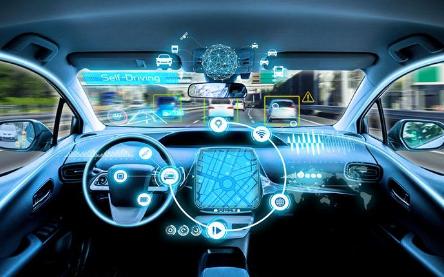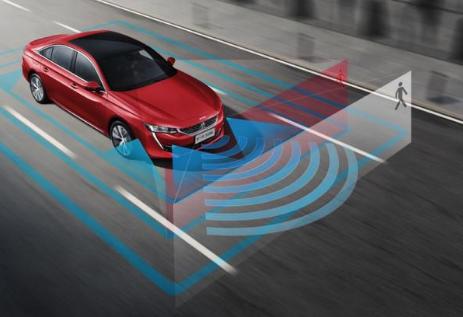The Safety of Autonomous Driving
Make the vehicle a "server on wheels." This is not only related to the onboard computing level of new vehicles. It also relates to the connection between the vehicle and various systems outside the vehicle. One of the most basic systems is the Global Navigation Satellite System (GNSS). The system includes GPS positioning and DSRC. Includes mobile network-based vehicle-to-vehicle (V2V). It also includes vehicle-to-infrastructure (V2I) technology. They allow vehicles to communicate with other vehicles and infrastructure. Such as traffic lights for situational awareness and data connections for infotainment. Connectivity is also important for software maintenance and updates. The average American driver spends an hour a day in his car. (AAA Foundation for Traffic Safety, 2019). Connectivity is essentially most of the time in a car.

A secure system needs reliable equipment. In order to prevent accidents due to equipment failure. Functional security is also required. In case of an accident due to system failure. It also requires security. In case the system is attacked by hackers. The combination of these functions effectively prevents human error. Thus improving the overall safety of the vehicle.
Safety protection is essential for interconnected and autonomous vehicles. Otherwise, its functional security will be compromised. Since 2015. There have been more than 25 incidents of vehicle hacking. The worst public accident affected 1.4 million cars. (Drozhzhin, 2015). By 2030, the estimated value of the data generated by cars will reach $750 billion. (McKinsey & Company, 2016). The car system is very complex. Each car has more than 100 ECUs and more than 100 million lines of code. High complexity can lead to more unforeseen vulnerabilities. As is the case with mass recalls. With the wide application of wireless interface. You can fix security vulnerabilities without physical access to the vehicle. Similar to safety embedded electronic systems for other non-automotive applications. The industry adopts advanced core safety principles in automotive design. This approach can solve these security challenges.

The external interface of the car not only needs to resist physical attacks. It is also necessary to maintain the integrity and confidentiality of communications. This requires secure domain isolation. And the system also needs to be able to resist logical attacks. Vehicle internal communications and various ECUs need to be guaranteed. The software operation of the car MCU also needs to be guaranteed.
Some data in heterogeneous vehicle networks. A vehicle gateway is required for secure interconnection and processing. Gateways provide physical isolation and protocol transformation. Used to route data between functional domains. The functional areas include (powertrain, chassis and safety systems, body control, infotainment, telematics, ADAS). Function domains implement new functions by sharing data. Through gateways, engineers can design more robust and functional on-board networks. Thus enhancing the driving experience (Simacsek, 2019).